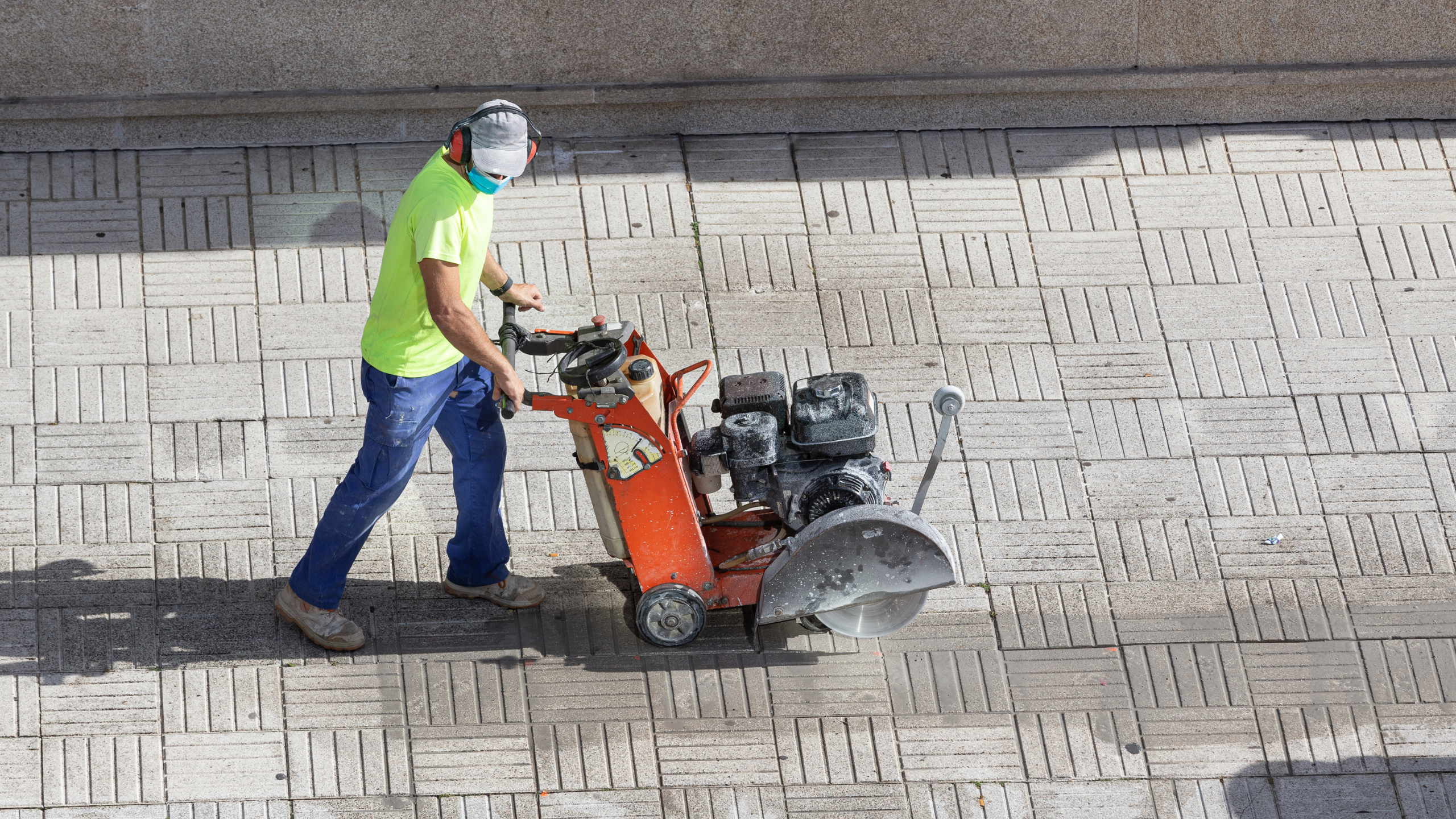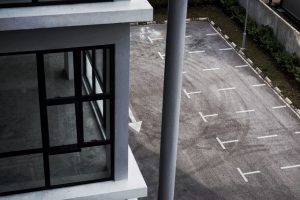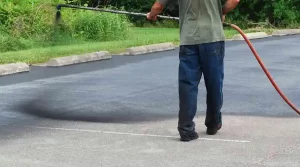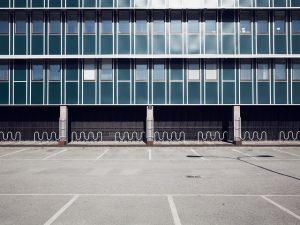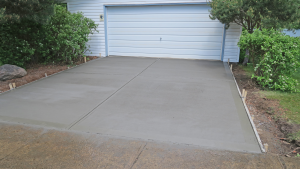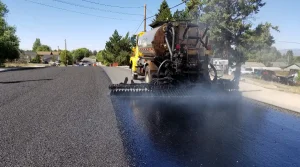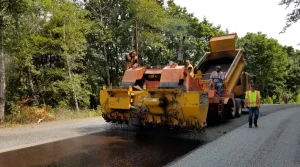Cost
- What is the average cost per square foot for different paving materials? The cost of paving materials varies depending on the type of material and its quality. Here’s a general breakdown:
- Concrete: $5 to $10 per square foot
- Asphalt: $3 to $7 per square foot
- Pavers: $10 to $20 per square foot
- Stone: $15 to $30+ per square foot
- What are the typical costs for installing a driveway or patio? The cost of installing a driveway or patio depends on the size, materials, and labor costs. Here’s a rough estimate for a 600 square foot area:
- Concrete: $3,000 to $6,000
- Asphalt: $2,000 to $4,000
- Pavers: $6,000 to $12,000
- What factors affect the overall cost of a paving project? Several factors can influence the final cost:
- Material quality
- Project size
- Site accessibility
- Excavation needs
- Decorative elements
- Labor costs
- Financing options
Durability
- How long will the paved surface last before needing replacement? With proper maintenance, concrete can last 25-30 years, asphalt 15-20 years, and pavers 25+ years.
- What kind of maintenance is required to extend the lifespan? Regular maintenance includes sealing, cleaning, and prompt repairs.
- Are some materials more durable than others for certain applications? Yes, concrete is durable for driveways, while pavers are popular for patios and pool areas.
- Will the surface crack or shift over time due to weather conditions? Weather conditions can cause cracking and shifting. Regular maintenance can help mitigate these issues.
Environmental Impact
- Are the materials and installation process eco-friendly? Many paving materials and installation processes can be eco-friendly with sustainable practices.
- What is the carbon footprint of manufacturing and transporting the materials? Minimizing transportation distances and using local materials can reduce the carbon footprint.
- Are there permeable paving options to reduce runoff and improve drainage? Permeable paving materials like permeable concrete and pavers can help reduce runoff.
- Can existing pavement be recycled or reused in new projects? Recycled concrete and asphalt can be used in new paving projects.
Functionality
- How slip-resistant are the different paving materials? Textured or tumbled pavers and broom-finished concrete offer better traction.
- Will the surface be able to withstand heavy vehicle traffic? Concrete and pavers are suitable for heavy traffic, while asphalt is better for lighter traffic.
- Are there options for adding texture or patterns for better traction? Adding grit or using stamped patterns can improve traction.
- How do the materials withstand stains, deicing salts, and other chemicals? Sealers and regular maintenance can help protect the surface from stains and chemicals.
Aesthetics
- What design options and color choices are available? Concrete and pavers offer a wide range of colors and design options.
- Can the paving materials be customized or stamped with patterns? Concrete can be stamped with patterns, and pavers can be arranged in various designs.
- How will the finished project complement the home’s existing architecture and landscaping? Choose materials and designs that complement your home’s style.
If you have any further questions or need professional paving services in Jersey City, don’t hesitate to contact us.

